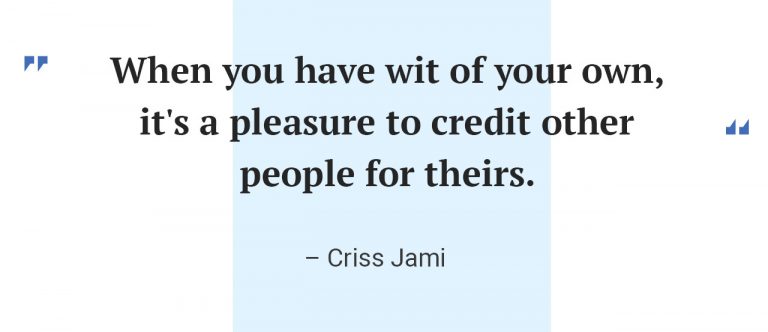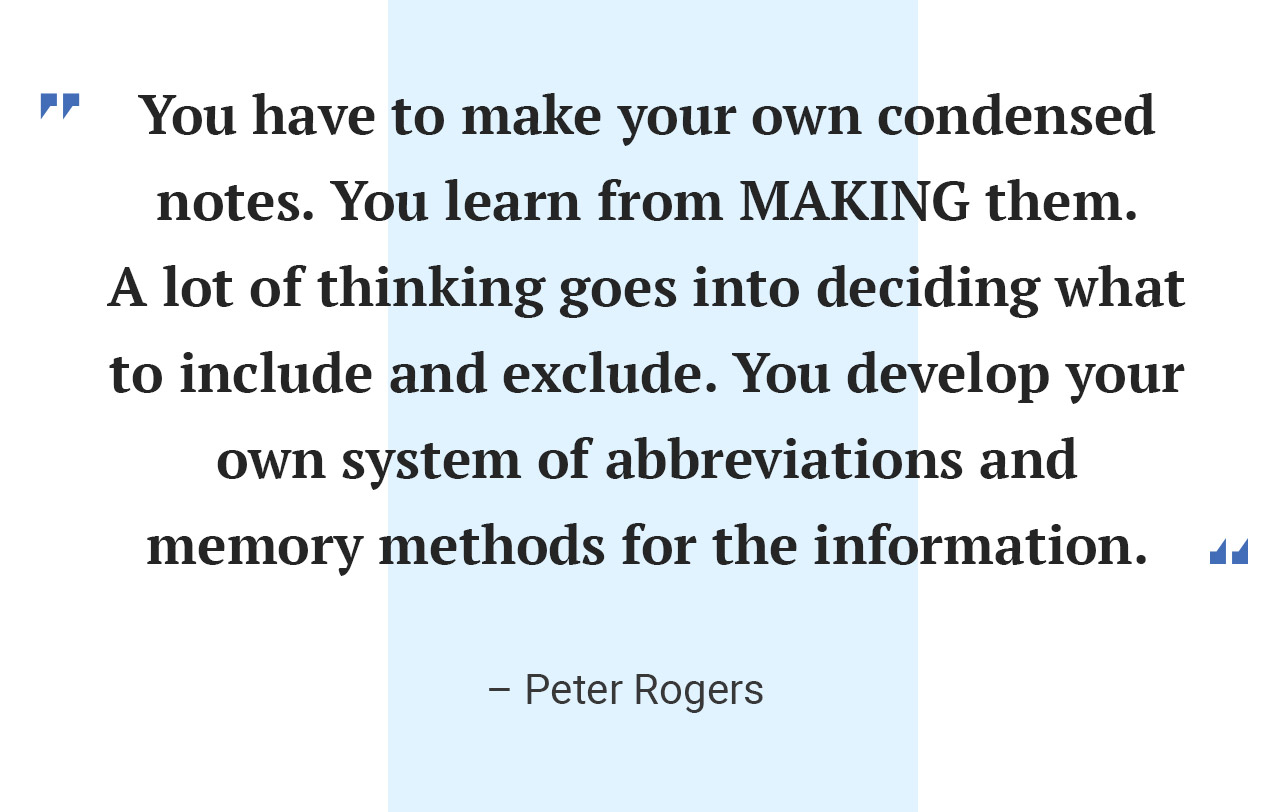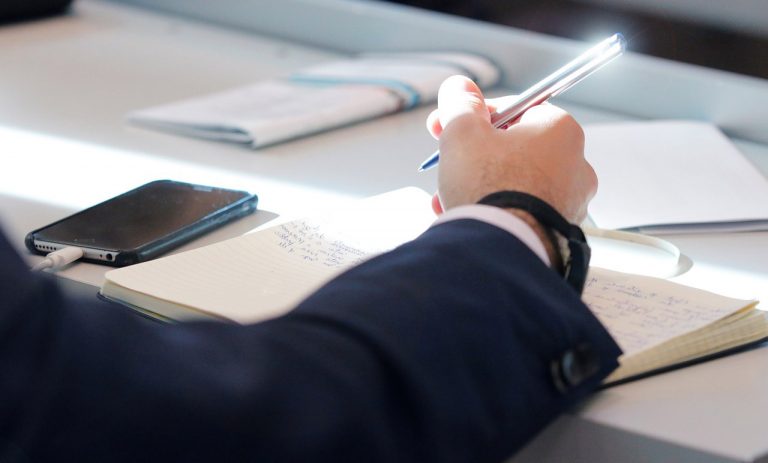Being a college or university student often means dealing with tons of writing assignments.
And when you regularly write a lot of text, it’s only a matter of time before you face the issue of unintentional plagiarism.
So today we’re going to tackle the heart of this issue.
In this article, we’ll talk about what is considered plagiarism and review its many different types. We’ll also go into a more in-depth analysis of unintentional plagiarism, as it’s the one that can cause you a lot of trouble (mainly because it’s left unnoticed, hence the name).
Of course, only telling you about plagiarism is not enough. So after that, we’ll go through the steps you need to take when you do spot plagiarism in your assignment. Finally, to make it even more useful for you, we’ve gathered a selection of tips to help you avoid plagiarism in the future.
Let’s get started.
Consequences of Plagiarizing
More often than not, if someone is caught in the act of plagiarism, it’s usually followed by various penalties and sanctions. Their severity depends on a multitude of factors, including the amount and type of plagiarism, the school’s internal rules, and any standing policies regarding plagiarism.
Sanctions can range from penalties and short-term suspensions all the way up to permanent dismissal from your university, college, or workplace. It can definitely hurt your reputation, and it may sometimes even lead to a lawsuit.
There are also special databases in which any student who is caught plagiarizing has their name placed for other professors (and even employers) to see. The intention here is not to shame the student, but to let others know that he or she was involved in attempted cheating.
What Is Considered Plagiarism?
First things first, it’s important to make sure that we’re on the same page in terms of defining what is plagiarism.
In short, plagiarism is presenting someone else’s work or ideas (including their manner of expressing them) as your own. It can be as little as a single sentence or as much as a complete text.
Many scholars have proposed different plagiarism definitions, but the majority of them share pretty much the same meaning. Plagiarism equates to literary and intellectual theft. It’s considered highly dishonest and unethical.

There are many types of plagiarism, including the following:
1. Copying
This is probably one of the most shameless ways of plagiarizing someone else’s work. It may not necessarily be a text from a single author, either. It’s possible for someone to combine copied-word-for-word snippets along with bits of their own personal thoughts. But the fact remains: those snippets are nothing but stolen intellectual property.
2. Partial rewriting
You might be thinking, “Okay, then how about taking a text and changing a couple of words here and there? Would that still count as plagiarism?” Of course it does! Changing up some words doesn’t cancel out the fact that you’re still trying to present other people’s thoughts as your own. Switching out a couple of words definitely requires much less effort than writing something from scratch.
3. Complete paraphrasing
This is another way of stealing someone else’s work, and it may seem innocent. This is when you take multiple snippets, change them up, and put them together to make the whole thing sound as if it were your own. Without any citing or attribution, of course. But here’s the bad news—it doesn’t work that way. Complete paraphrasing is almost the same thing as the previous type of plagiarism, only with more words changed and more sources used.
4. Fake citations

Also known as a ghost citation, this is when you attribute part of your text to a source that does not actually cover the text you’ve cited, or when you even go as far as to cite a non-existent source. Even though not all scenarios imply that you’re presenting other people’s work as your own, it’s still obviously dishonest.
5. Purchasing work
Even if you pay someone to write the text for you and the writer won’t claim their rights to that work, it’s still considered a type of plagiarism. Also known as collusion, you’re still trying to present the result of someone else’s efforts as your own. It’s totally different, though, if you use the text as a template or example to create a unique paper of your own.
6. Incorrect citations
Not knowing how to properly cite a work can also be a type of plagiarism. Incorrect citing may refer to not including a reference list or in-text citation, not crediting the author of a work, or not having proper citations of secondary sources.
7. Recycling your own work
This type is also known as self-plagiarism. The problem with this type of plagiarism is that your previous works have already been evaluated. Therefore, to include your older texts in a current assignment, you must receive permission and properly cite them. Otherwise, it’s still plagiarism.
Unintentional Plagiarism
In the introduction to this article, we mentioned why it’s worth paying extra attention to unintentional plagiarism.
It’s true that there is a lot to learn in terms of all those citation styles. And it’s no wonder that students sometimes get confused and fail to provide proper citations in their papers. The problem is that this can result in unintentional plagiarism if the issue is left unnoticed.
Here’s the thing.
No one expects you to learn all of the citation styles in an instant and to the dot. It may require some time and getting used to. Especially if you’re just starting out. That’s why examples, guides, and articles like this one exist: to keep you aware of the issue before it’s too late and to help you correct anything that’s wrong to avoid serious consequences.

Let’s have a look at possible scenarios in which part of your work may be considered unintentional plagiarism.
1. Confusion of citation styles
This is probably one of the major reasons why unintentional plagiarism happens. This is simply due to the human factor, where a student doesn’t know how to properly cite sources in a particular style or has confused one citation guideline with another.
2. Paraphrasing
Yes, we did already mention this in the previous section. But sometimes this type of plagiarism may occur unintentionally, when the student doesn’t realize that changing up sentences from different sources and putting them together to make their own text is against the rules. If you still want to paraphrase something, be sure to do it correctly—you have to deliver the author’s thoughts using your own unique style. Simply changing words (like finding synonyms and altering the word order) is not enough.
3. Paraphrasing without citing
This is another newbie mistake, as some students think that you only have to cite direct quotes. So, in order to save yourself trouble later, make sure to give proper credit to the person whose conclusions you’re using.
4. Citing the wrong source
This mostly happens when you’re trying to cite an online source. The problem here is that your online source may not contain the original work and may use facts from another paper or piece of research (with or without attributing it). To avoid situations like this, you should carefully check all of the resources you’re going to cite and see whether they’re actual original content or they’re attributed to another author.
A Few Words About Turnitin
A lot of students who have dealt with this tool consider it their archenemy.
What is Turnitin?
It is an internet-based service designed to detect plagiarism. It checks students’ uploaded works against its own database, and it also compares them against the content of other websites. Colleges and universities usually purchase licenses so that professors can use it on a regular basis. Turnitin can also integrate and work with other services.
Considering the fact that Turnitin is used across numerous colleges and universities, there have naturally been many attempts to trick it. Here’s what students have tried:
- Replacing letters with characters from different alphabets that look the same (the Cyrillic “c” or “e,” for instance)
- Using Word macros that mask the copied text and make it unintelligible to the tool
- Putting quotation marks around the whole text
- Converting the file to a PDF and changing the sequence of characters
- Replacing spaces with characters written in white font (which makes them invisible, just like spaces)
But there’s a single factor that unites all of these tricky attempts: they all fail.
Turnitin constantly updates its algorithms, which makes the service more effective and able to spot all kinds of student trickery.
So, instead of wasting your time trying to figure out how to disguise plagiarism, it’s a much better idea to just put forth a little bit of effort and avoid it altogether. And IvyPanda is ready to help you with our Plagiarism Checker.
Ways to Avoid Plagiarism
Knowing how to avoid plagiarism is as important as being ready to deal with it once it’s been spotted in your paper.
That’s why we’ve picked out some of the most useful tips and pieces of advice to help you minimize the amount of plagiarism in your work.
1. Listen to feedback
It’s great if you have the chance to have someone else check your work before submitting it. This gives you a chance to spot mistakes and get rid of them before it’s too late.
2. Make accurate notes
Always write down all the necessary facts and most important details about the sources you’re going to cite. In your notes, write paragraphs using your own words instead of mindlessly copying them, and check how well the information provided by each source fits your assignment’s requirements.

3. Be generous with citations
If you’re borrowing any idea from any source, attribute it to the author. Remember—not only direct quotes require citations! For reference sources on a variety of academic topics, visit free essay database with samples of students’ works. They will help you improve your writing.
4. Balance out your work
Your paper has to become a collection of your thoughts and conclusions backed by references, not the other way round. So pay attention to how much of your work reflects your own ideas.
5. Leave spare time to check your writing
There’s no such thing as checking your work too many times. In fact, finishing your work at the last minute is often a cause of unintentional plagiarism! If you don’t want to encounter this problem—make sure to save some extra time.
6. Make use of software
Along with a plagiarism checker, you can also use citation or reference managers. They’ll help you keep your sources in order, and it will be much easier to remember all the attributions you still need to add into your work.
7. Keep the context in mind
Copying and pasting a piece of text word-for-word won’t work if it doesn’t fit the context of your work. Sometimes it may need rephrasing, and sometimes it won’t go well at all. That’s what proper paraphrasing is for.
8. Come up with a checklist
Another way of not forgetting anything when working on your references is to create checklists. They will remind you of all the required citation rules for any citation style guide.

Plagiarism isn’t that hard to tackle, especially if you’re fully aware of the issue and know what to do to prevent it.
And with the help of this article, the task of avoiding plagiarism can become one of the easiest steps of your whole writing process.
Just make sure to follow the advice we’ve given you, and your papers will always be flawless. If you’re ever in doubt, our plagiarism checker can also help!




Wow, I have plagiarized a lot of essays and articles without knowing. Thanks a lot for the eye-opener. By the way, nice article.
Thanks for the feedback! Much appreciated.
Thanks!
Thank you for your feedback!